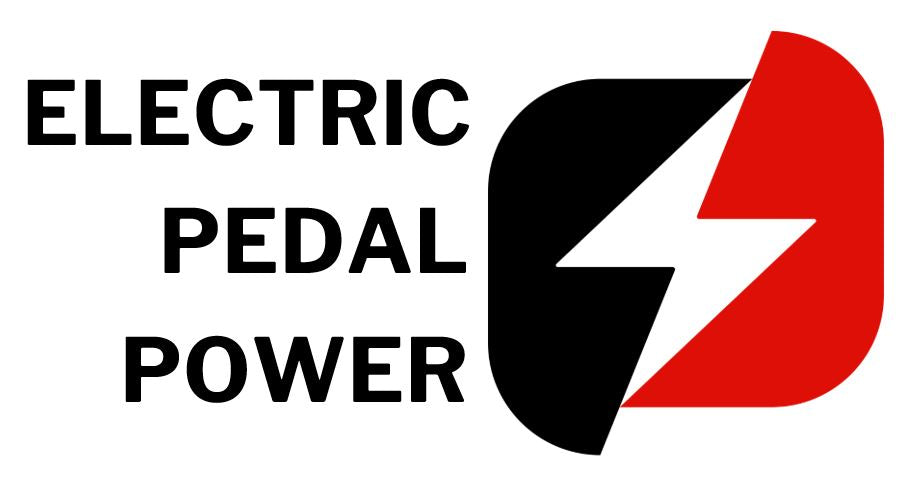Electric motors are integral to our modern world, powering everything from industrial machinery to electric vehicles. The KV rating, denoted in kilovolts per revolution (RPM/V), is a crucial specification that determines a motor's speed and torque. Here are some key facts about the KV rating and its significance:
1. Definition of KV Rating:
KV rating represents the number of revolutions per minute a motor can make per volt of electricity supplied.
It is commonly denoted as RPM per volt (RPM/V) or kilovolts per revolution.
2. Importance in Electric Vehicles:
High KV motors are suitable for applications requiring high speed, such as racing cars and drones.
Low KV motors are favored for applications demanding high torque, like heavy-duty trucks and industrial machinery.
Matching the motor's KV rating with the vehicle's requirements ensures optimal performance, energy efficiency, and battery life.
3. Factors Influencing KV Rating:
Number of Windings: More windings result in a lower KV rating, providing higher torque and lower speed.
Magnet Strength: Stronger magnets support higher KV ratings, leading to faster motor speeds.
Coiling Configuration: Different coiling configurations affect the motor's electrical and mechanical properties, influencing the KV rating.
4. Calculated Example:
Say a QS205 3t motor has 16.25Kv and a 72V battery is used to operate the motor:
- rpm (revs per minute) = 72V x 16.25Kv = 1170 rpm
- rps (revs per second) = 1170rpm/60 = 19.5 rps
- Adopted tyre outer dia. = 660mm (e.g. 26" bicycle tyre OD)
- Angular velocity = ω = 2 x π x rps (2 cancels if using diameter instead of radius)
- Hence Linear velocity = ωr = rps x π x dia. = 19.5 x π x 0.66m = 40.43m/s
- Convert m/s to km/hr where 1m/s = 3.6km/hr hence 40.43m/s = 145km/hr
In theory, the selected motor can free spin up to 145 km/hr under ideal conditions and at 72V. However, real-world factors like headwinds, hills, rider and bike weight, friction forces, and battery voltage drop, as well as insufficient motor torque to overcome opposing forces, significantly affect the motor's actual top speed during operation.
5. Battery Compatibility:
Matching the KV rating with the appropriate voltage of the battery is essential for preventing overload or underpowering.
Proper battery-motor KV rating compatibility ensures efficient energy transfer and enhances the overall system's longevity.
In conclusion, the KV rating is a fundamental metric that influences the performance of electric motors across a wide range of applications. By understanding the interplay between KV rating, speed, and torque, engineers and enthusiasts can make informed decisions, optimising their electric motor-driven systems for efficiency and effectiveness.

